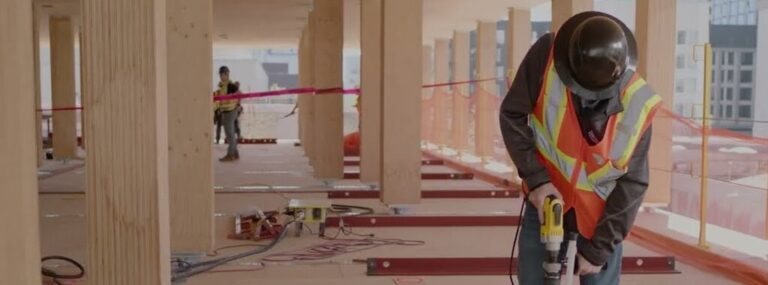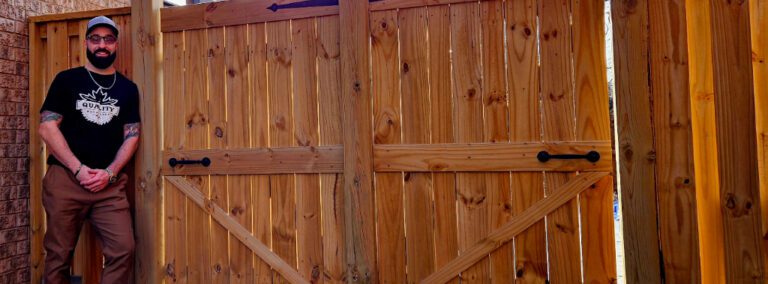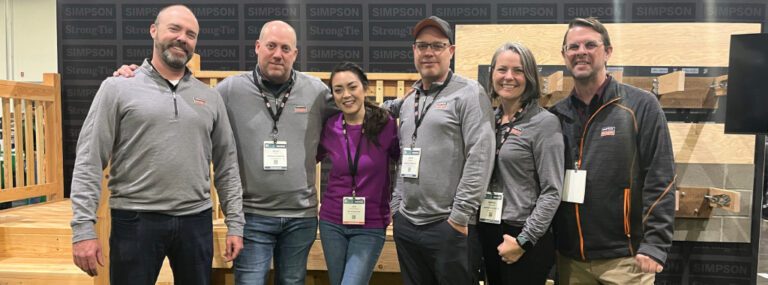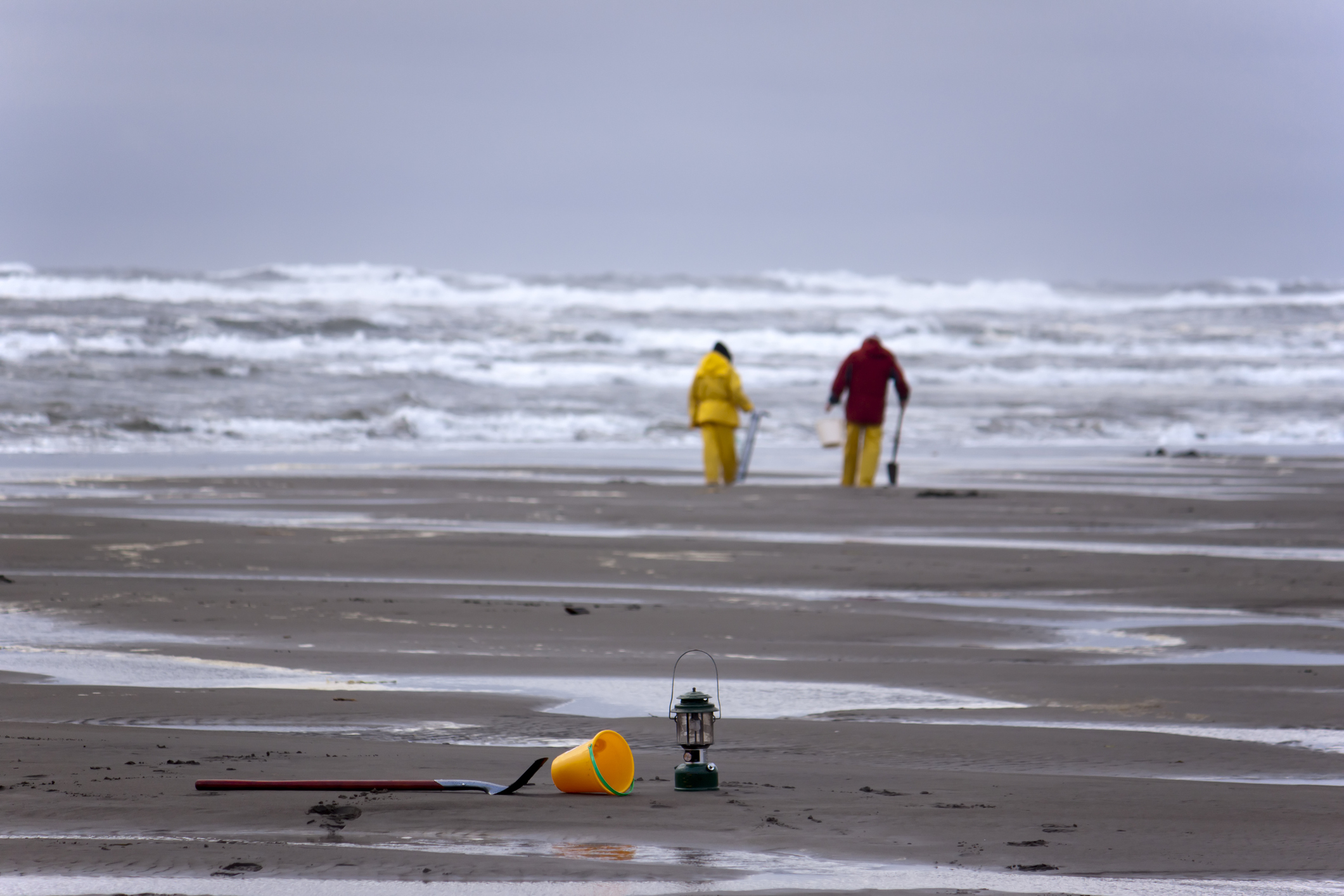
On January 26, 1700, Juan de Fuca slipped, setting off a 9.0-magnitude earthquake and resulting tsunami that destroyed the Oregon and Washington coast, and seismic experts peg the chance of a comparable quake occurring within the next 50 years as between 17 and 20 percent. With part of Seaside lying within an official tsunami inundation zone, researchers at Oregon State University have developed a computer simulation to test the readiness of the city’s infrastructure, thanks in part to which they’ve recently discovered critical weaknesses in Seaside’s road and bridge network that will require substantial retrofitting.
Seaside is far from alone in facing the challenge of repairing and retrofitting structurally outdated bridges before disaster or critical failure strikes. The American Road and Transportation Builders Association’s 2018 Deficient Bridge Report found more than 54,250 US bridges structurally deficient and determined that almost 9% of all bridges in the country have at least one key structural element in poor enough condition to demand repair.
In small-town Vermont (second to last in population among the 50 states), too, researchers are using big data, predictive analytics and neural networks to pinpoint weaknesses in the state’s transportation infrastructure. As in Seaside, the idea is to combine traffic, engineering and usage data with predictive modeling to determine in advance of a disaster which bridges are most in need of retrofit and repair.
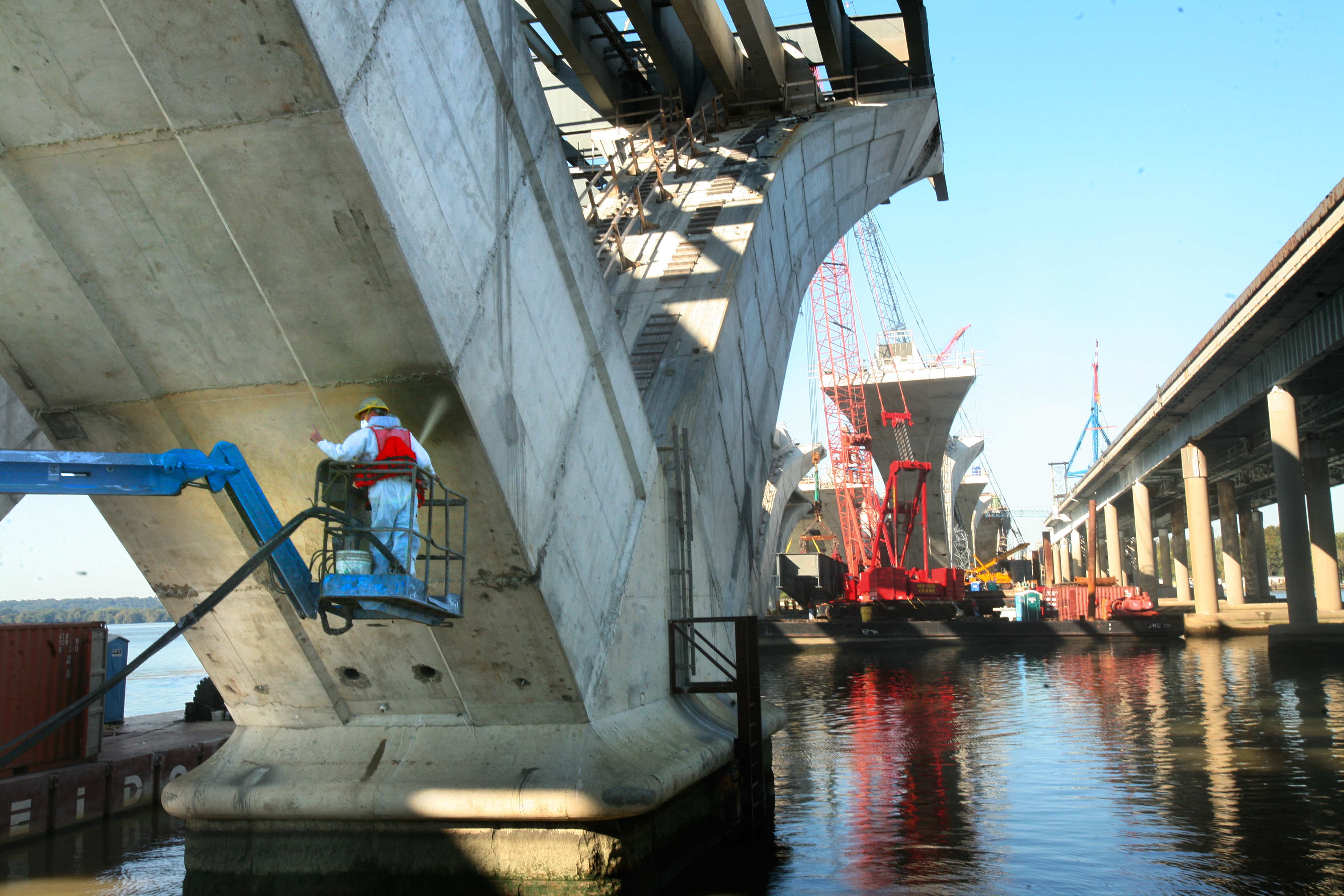
As agencies, engineers and builders race to improve the structural integrity of bridges across the country, Simpson Strong-Tie has also been putting infrastructure-related hardware to the test. After releasing new stainless-steel Titen HD® heavy-duty screw anchors designed for the severely corrosive environments encountered in bridge construction and retrofit applications, Simpson Strong-Tie received calls from builders and engineers who needed to know whether the anchors would corrode if used with zinc-coated post bases.
To find out whether galvanic corrosion would indeed result from the dissimilar metals in contact with each other, Simpson put a batch of screw anchors in a testing tank and sprayed them with salt water. For 1,000 hours.
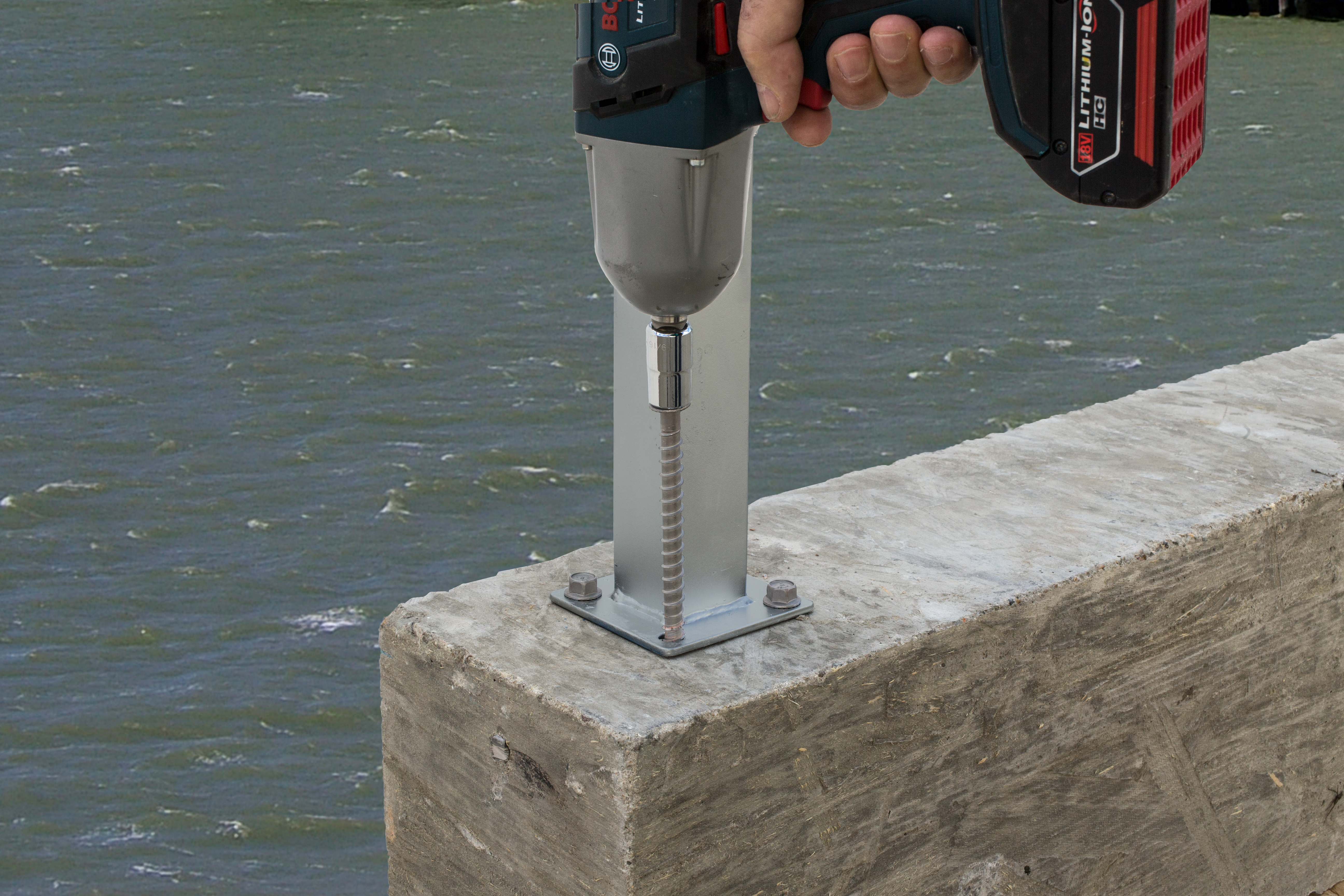
The saltwater spray simulator is just the beginning of the kinds of punishment Simpson regularly dishes out to test the real-world reliability of fasteners, connectors, anchors and other hardware. At the company’s network of labs and testing facilities, seismic shake tables, underwater marine dunk tanks and 3D printers are all used to build multiple prototypes and test them against the effects of extreme weather, natural disasters and corrosive environments. The company also maintains branch labs in Canada and London to test their products in the context of broader North American and European construction standards.
The R&D investment is paying off with the development of structural fasteners and anchors such as the Titen HD, as well as the creation of larger construction and retrofit solutions like the FX-70® structural piling repair and protection system, which enables the in-water repair of support piles for in-service docks, piers and bridges using high-strength bonding materials. The corrosion-free system prevents deterioration, weathering and erosion resulting from tidal action, river currents, saltwater exposure, chemical intrusion, general weathering and even floating debris. Plus, it’s safe for use in marine-life habitats.
That could prove critical in locales like Seaside, where Oregon State University researchers determined the city’s main bridge on Broadway Street over Neawanna Creek is in desperate need of retrofit before another major seismic or tsunami event hits. Simpson Strong-Tie applauds the efforts of all localities large and small to leverage technology, innovation and know-how in improving the quality of infrastructure across the country. On the research and development end, we’ll keep up the testing and abuse of hardware, connectors and building systems to help highlight structural performance and endurance on land and in the water.
